Making the right decision when choosing access equipment
19/09/2016

Whenever you work from a height, you face danger. Since 2001, an average of 50 people in Great Britain have died each year, as a result of a fall from a height. Furthermore, almost 9,000 are seriously injured each year too after an accident when working from a height. Choosing the right access equipment can help ensure health and safety when working from a ladder or scaffold tower. With each piece of equipment tailored to a specific set of jobs, it’s important you choose your access equipment wisely.
What’s the best access equipment for the job?
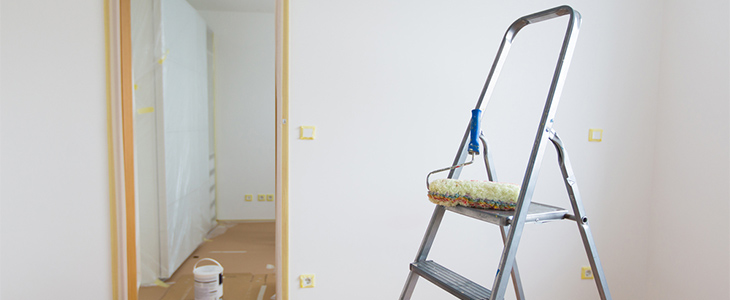
The first question you should ask yourself before each job is which product is the most suitable. If you can avoid using a ladder and opt for safer and more stable access products, like low-level hop-up platforms or a platform with guardrails – such as the Deltadeck Low Level Work Platform – consider using those instead.
Identifying the best access equipment for each job can be difficult – so you may want to consider the following questions as well.
How long will access equipment be in use for?
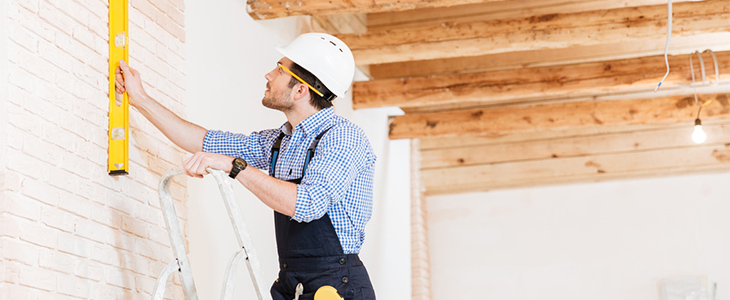
Access equipment isn’t designed for use for hours upon end. However, if you know you’ll be working from a height for a long period of time, it’s worth investing in a suitable product.
Mobile scaffold towers and work platforms are ideal for work of lengthy durations, due to their comfortable set-up and spacious platform. Ladders, on the other hand, are best suited to short-duration jobs.
What height will you be working at?
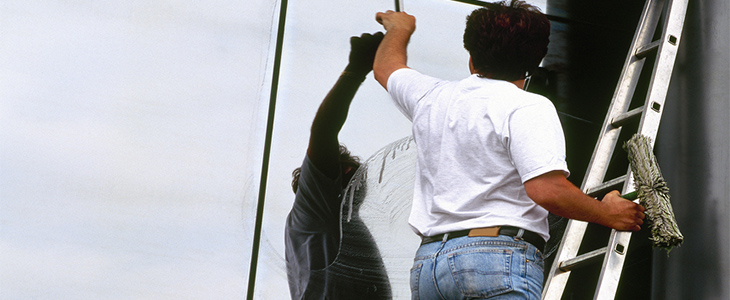
There are so many different types of access equipment available. If you need something for low-level work, a step stool or small step ladders will usually suffice. For higher-level work, a tall step ladder, extension ladder, work platform or mobile scaffold will be more appropriate. Choosing a product that’s not suited to the height you’re working at may cause instability and risk of a fall.
Will you be working around electricity?
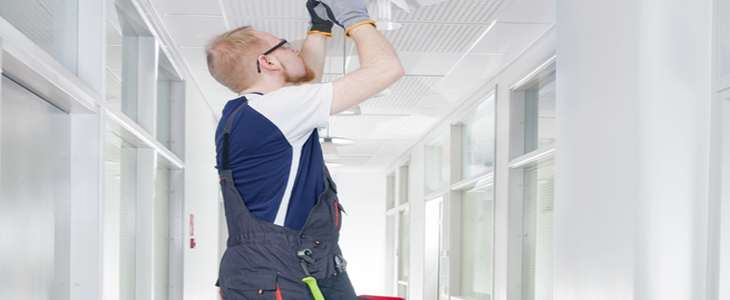
The majority of access equipment today is manufactured from aluminium or fibreglass. Fibreglass-made access products should always be used when working around electricity due to their non-conductive properties. Aluminium is usually your best bet at all other times as it’s lightweight and extremely durable too.
Has the access equipment been designed with safety in mind?
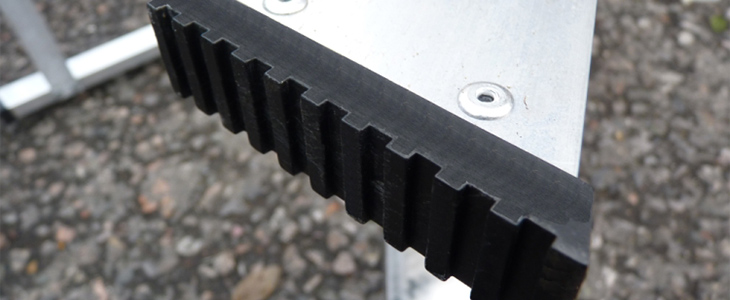
At Browns Ladders, you can be sure of a product that’s built for safety.
Some of the things you need to look out for include:
Rubber feet
Grips on rungs
Stabiliser bars
Strong hinges
Safety approved – meeting the latest UK and European standards
If you regularly find yourself using access equipment, why not book on to our Working at Height Training Course? The half-day course covers everything you need to know about working at a height and how to create the safest working environment possible. View the training page to find out more.
What Browns Ladders equipment is best suited to your job? tweet us @BrownsLadders